Every year, millions of Muslims from around the globe make the trip to a holy city called Mecca in Saudi Arabia to perform the Hajj, one of the five pillars of Islam. Hajj is performed between the 8th and 12th days of Dhul-Hijjah, which is the last month of the Islamic lunar calendar. Afterward, it is concluded with the second Muslim holiday known as Eid Al-Adha (Festival of Sacrifice).
What is Hajj?
Muslims make the pilgrimage to Mecca for several reasons. First, it is one of the five main pillars of Islam, and anyone who has the means and is able-bodied must perform the Hajj at least once in their lifetime.
Second, it commemorates the trials of Abraham and his family in Mecca, which included Abraham’s willingness to sacrifice his son Ishmael in response to God’s command. Lastly, it’s an opportunity to seek forgiveness for sins accumulated throughout life.
Prophet Muhammad had said that a person who performs Hajj “will return as a newly born baby (free of all sins).” The pilgrimage also enables Muslims from all around the world, of different colors, languages, races, and ethnicities, to come together to worship one God.
What is Eid Al-Adha?
Eid Al-Adha (Festival of Sacrifice) is the second and holiest major holiday for Muslims worldwide and marks the end of the Hajj pilgrimage. Eid Al-Adha takes place on the 10th of Dhul-Hijjah in the lunar calendar. In the Gregorian calendar, the dates shift each year.
During this holiday, Muslims who did not perform Hajj must wear nice outfits and attend the mosque for a special prayer and short sermon. Afterward, people sacrifice an animal, usually a cow, sheep, lamb, or goat. The meat is divided into three parts: one part is given to the poor, one part to immediate family at home, and the last part to friends or distant relatives.
Muslims also choose to give money to charities or to families in need.
Children receive gifts, money, and delicious treats only served on this holiday. People visit one another in their homes or host festivals and fun family activities. In my family, we generally sacrifice a lamb and divide it into the three parts to share among the poor and friends. Our family finds those in need within our community, and we help them out with essentials.
Celebrate Eid Al-Adha with Kids
Perform a Mini Hajj
What better way to learn about Hajj than by having your very own mini-Hajj at home or your local mosque? A large black-painted box can act as a Kaaba, and using tape, Safa and Marwa can be made on the floors to represent each mountain. Have boys wear their white sheets (Ihraam) and girls wear long dresses (thobs). Set up a tent area where everyone can rest.
Make a 3D Hajj Scene
An educational and easy way to learn about the steps of Hajj is by making a scene using blocks, Picasso tiles, Legos, or cardboard and paper. This has been my kid’s favorite activity to do. They set up each scene with their toys and play for hours. My boy’s favorite activity is building the Kaaba using Legos.
Set up a Hajj & Eid Al-Adha reading nook.
As a parent, I enjoy reading new books to my kids. Each year, more Muslim authors are publishing educational books for kids to learn their faith. We love setting up a cozy reading nook in our home with all the latest educational books for all ages.
Zamzam Sensory Bin
If you have a baby or toddler, what better way to get the little ones into the spirit of Hajj than by setting up a Zamzam sensory bin? Using a water table, bucket, or small pool, set up an area with water, mini round shapes representing a well, a mini cube that’s a Kaaba, little animals, and scooping utensils for littles to scoop up the water. It’s a great way to get a little busy with their hands, all while learning about Hajj.
Upaint Studio Kaaba Activity
Upaint Studio is a great activity to do with children of all ages. The studio offers various clay items to be painted and decorated. Upaint Studio offers a cube clay structure that can be painted black, and gold details can be added to represent the Kaaba. My boys loved painting the cube, and it has been a great addition to our holiday décor that gets used every year.
Decorate Your House
Who doesn’t love decorating their home for the holidays? Bring out those holiday decorations and get creative. For Hajj & Eid Al-Adha, we enjoy decorating our home with Kaaba art, stringing lights, and hanging little sheep garlands. Decorating your home can make everything festive and fun. For Eid, I enjoy making a large black and gold balloon garland, adding Kaaba cutouts and anything gold and shiny.
Give to Those in Need
Each year, our family distributes meat, canned goods, clothing, and essential household items to families and organizations in need. It’s a wonderful way to get the kids involved in charity and helping others.
Footprint Art Activity
The process of performing Hajj requires a lot of walking. Capture this essence through a footprint activity. Gather up various paint colors or markers, large poster boards or paper, and make an unforgettable art piece to display.
Check a Local Farm for Adhiyah
While this may not be a “new” activity for most Muslim families, the performance of adhiyah (sacrifice of an animal) is all part of the holiday. Most families have their go-to farm, but discovering a new local farm may add a different way to celebrate and teach other non-Muslim friends about this holiday.
Henna Art
A great way to start the celebration of Hajj ending and Eid Al-Adha beginning is through Henna art. Gather up family, friends, and neighbors and host a fun party with henna art, music, food, and an exchange of gifts.
Make a Sheep Piñata
Pinatas bring so much fun to any event or party. Eid Al-Adha revolves around “sacrificing” an animal. While children cannot perform this act, another great way to involve them is to have them help make an animal piñata. Get crafty using glue, scissors, tissue paper, and cardboard. Afterward, your creation can be filled with all sorts of delicious candy and fun trinkets.
Hajj & Eid Al-Adha Crafts
My daughter enjoys creating art pieces, and I love seeing her get creative. For Hajj and Eid Al-Adha, we love creating a Kaaba finger painting. We also use poster board to make a collage of the Kaaba with people performing the steps of Hajj. For Eid, creating little sheep using cotton balls and googly eyes is a fun way to get crafty.
Kaaba or Sheep Goodie Boxes
My kids love making goodie bags to hand out to family, friends, and neighbors each Eid. We make an assortment of goodie bags with Middle Eastern sweets, chocolates, Turkish delights, and various nuts. For children, we include candy, small toys, and money.
Talk to a “Hajji”
This may be a new idea for those who have never performed Hajj. Invite local members of the mosque who have already performed Hajj and have a deep discussion on their experience of what it’s like to perform this sacred duty. Having a Q&A with a Hajji can help others gain insight and knowledge on what to do while performing this sacred duty.
Host an Eid Al-Adha Party
On Eid day, host a fun family Eid Al-Adha party. Food trucks, bounce houses, balloon artists, and games are a great way to celebrate those who have performed the Hajj.
Thinking ahead to Ramadan and Eid Al-Fitr? Here’s how you can celebrate with your kids.
Get your kids reading and learning this summer with a summer reading program.
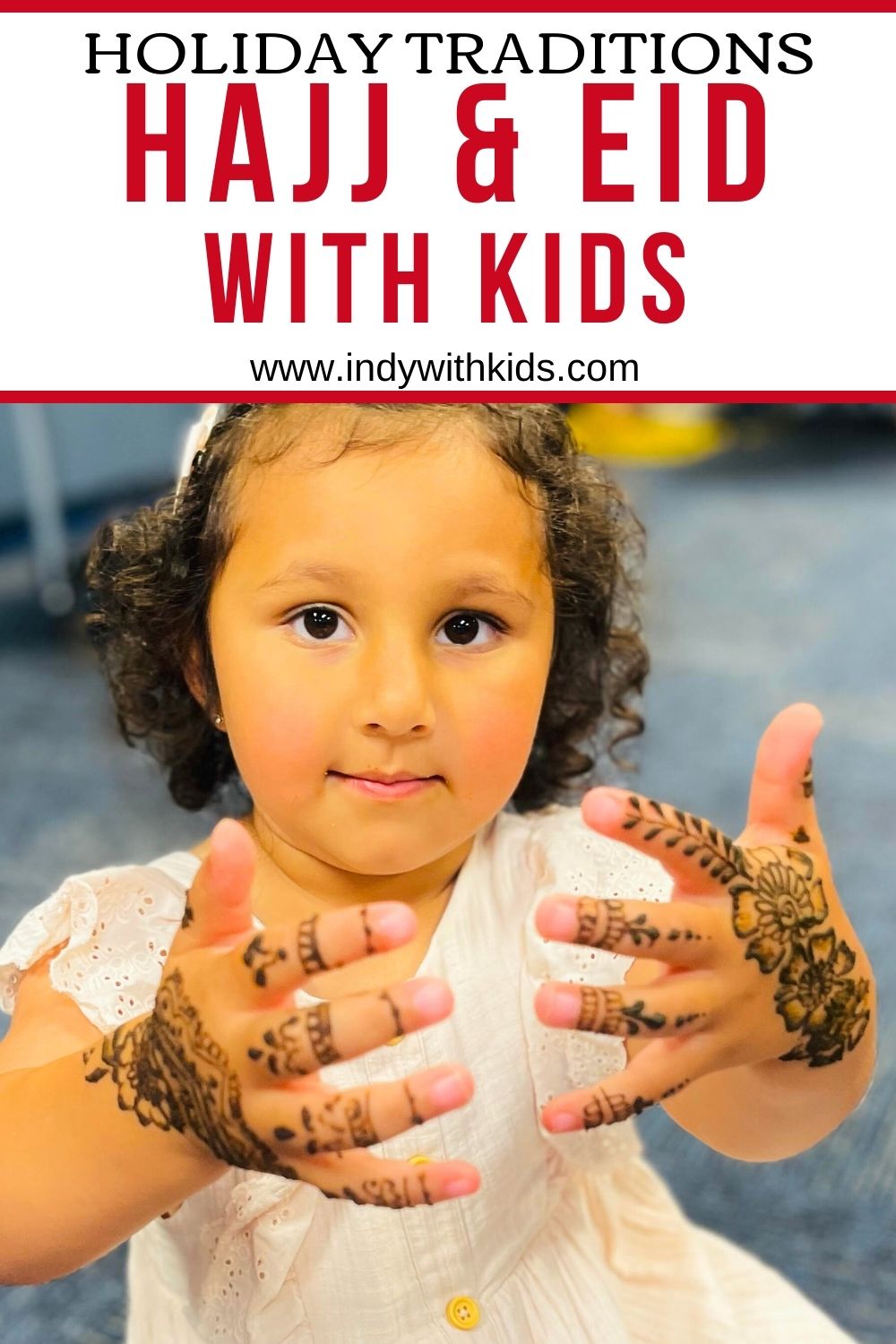





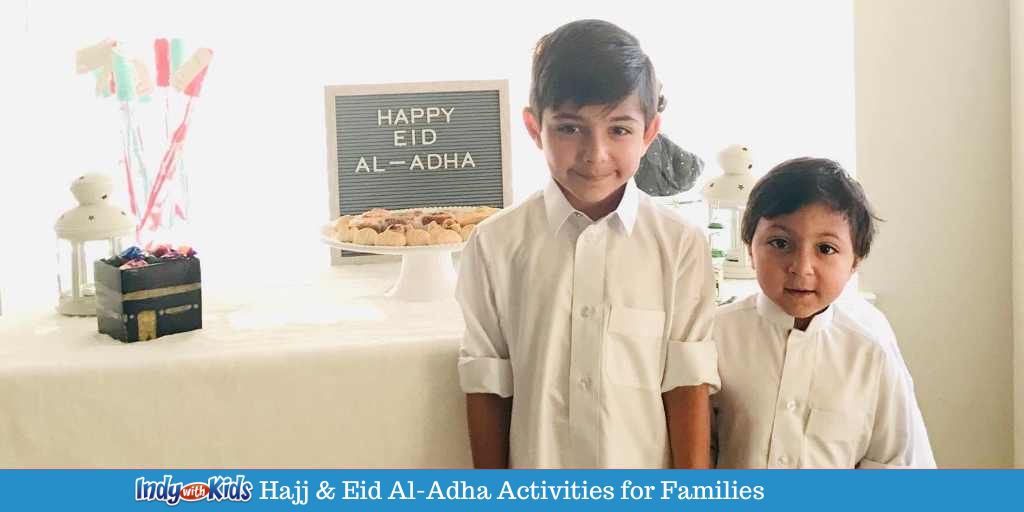
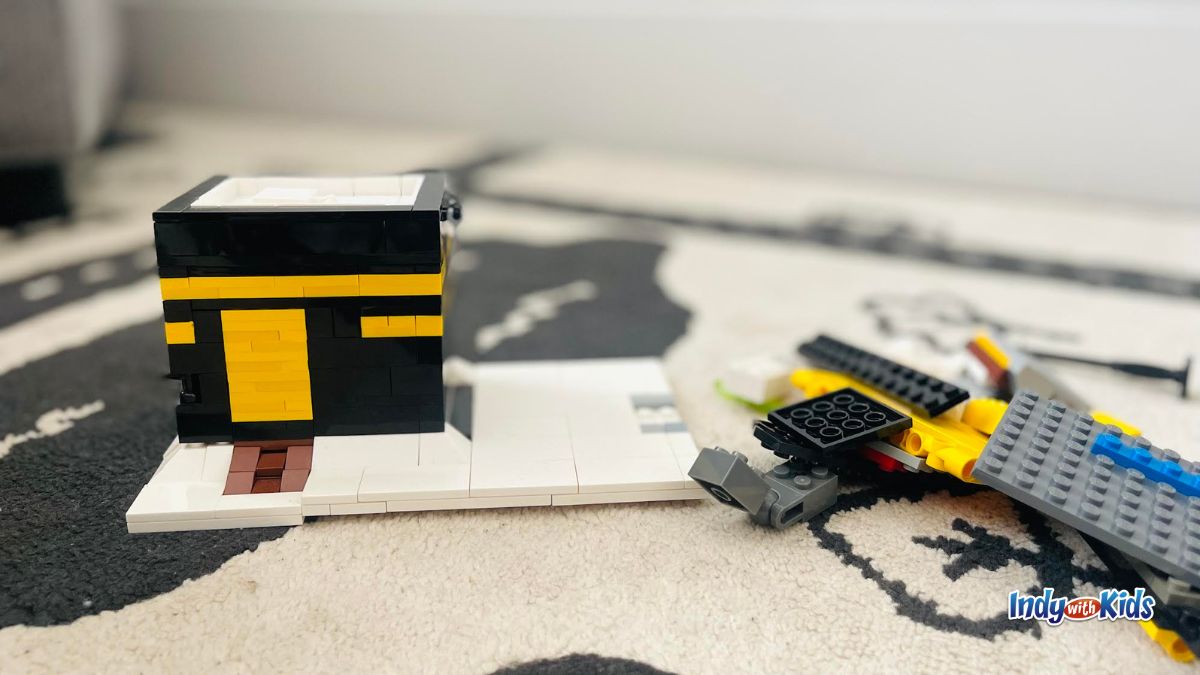
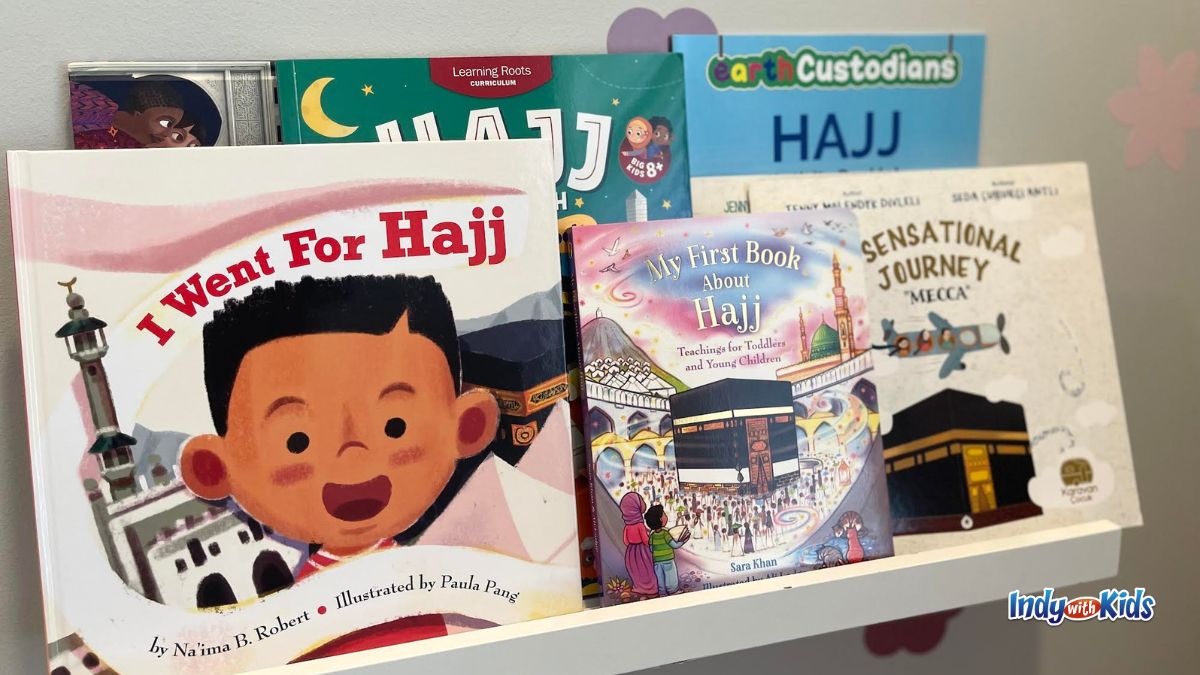
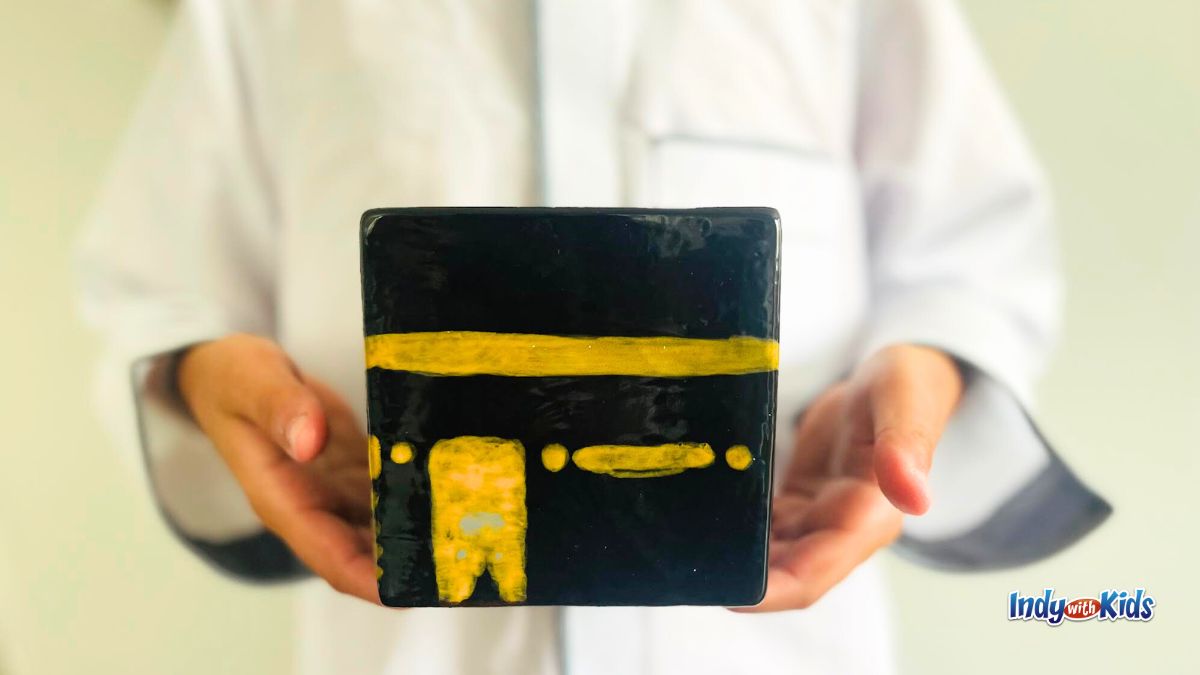
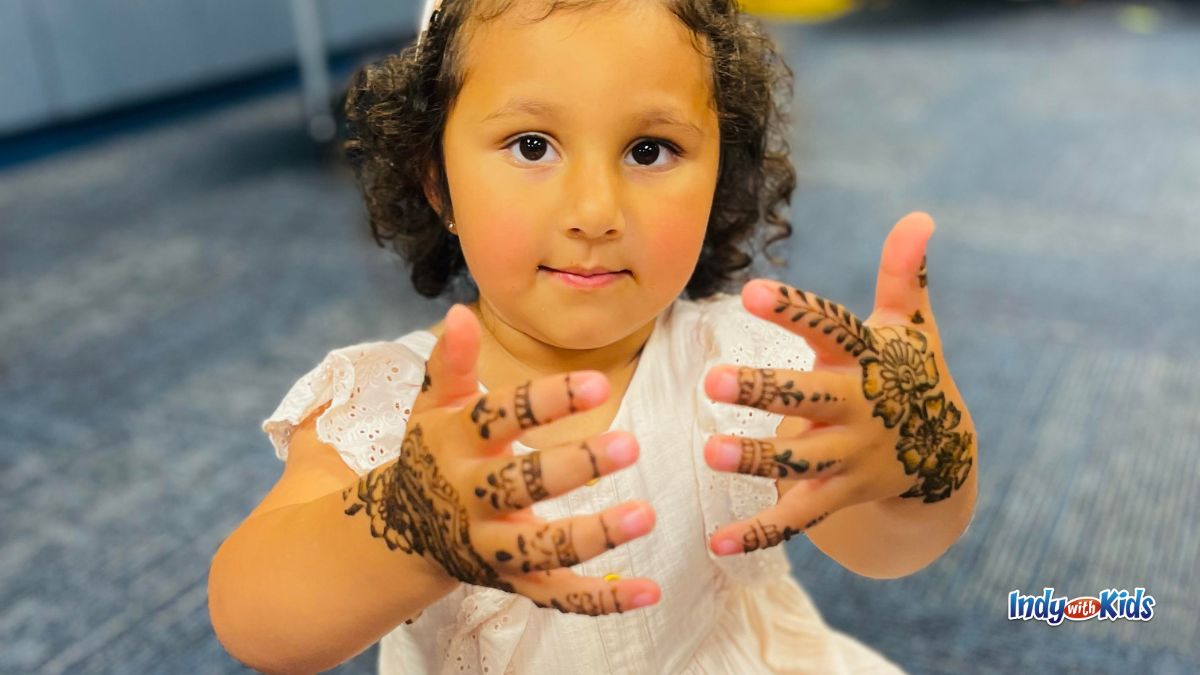
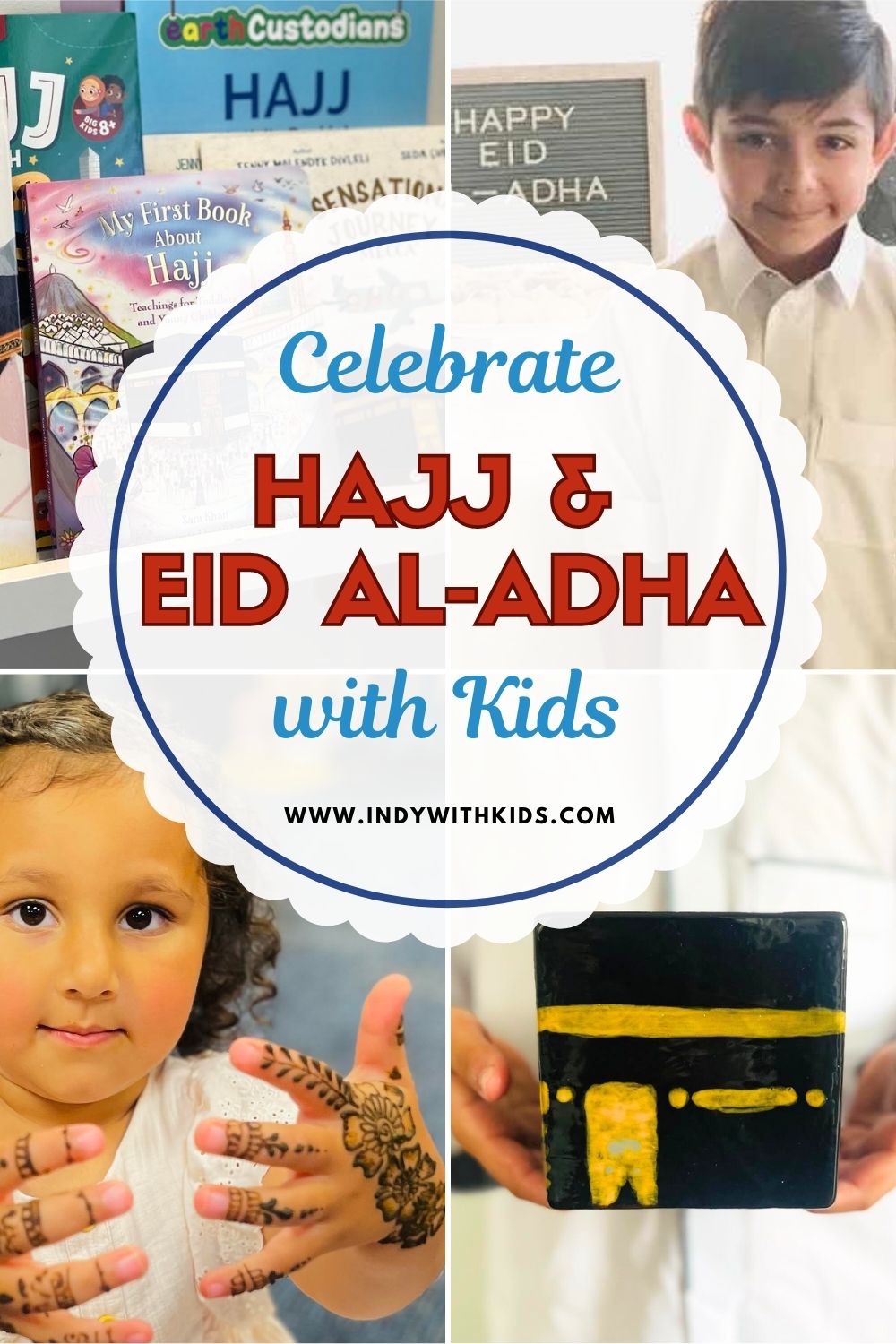
1 thought on “15 Meaningful Ways to Celebrate Hajj and Eid Al-Adha with the Whole Family”
Enjoyed reading the article lots of awesome ideas !!